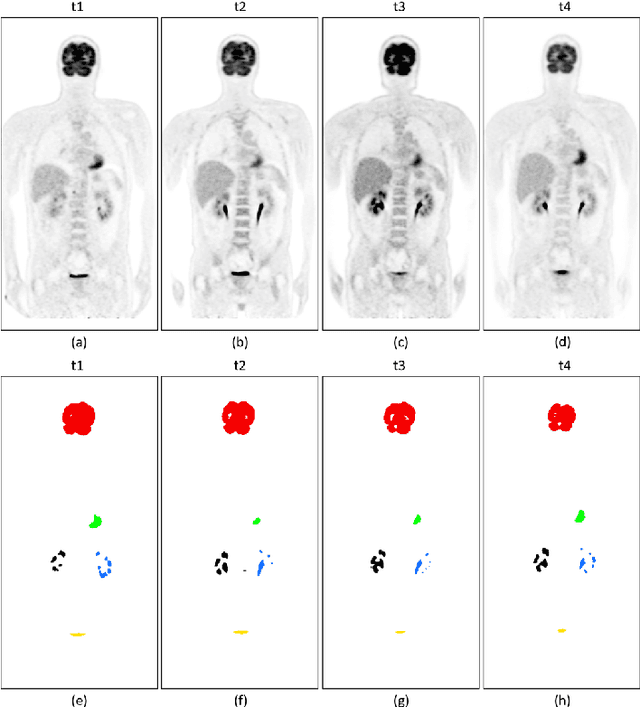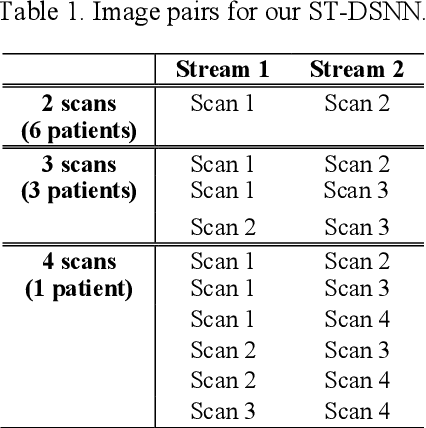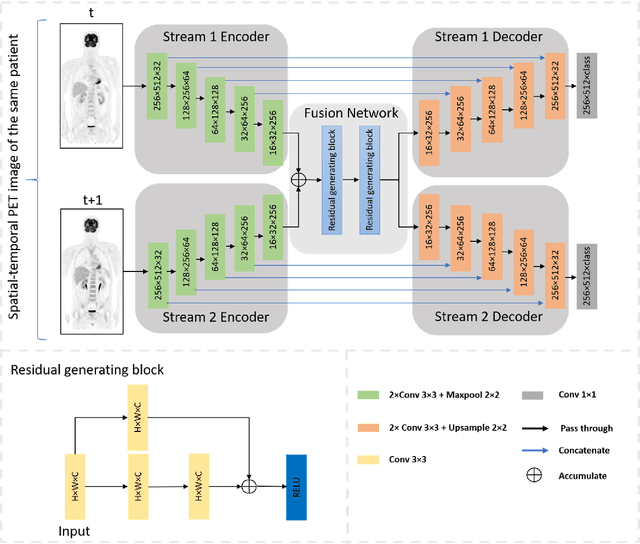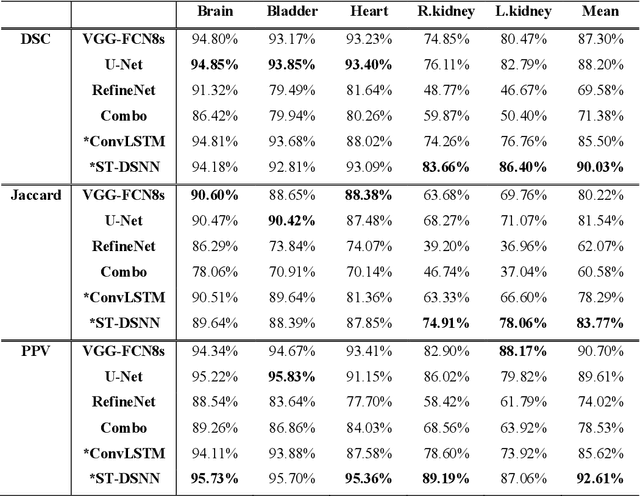Kai-Chieh Liang
Spatio-Temporal Dual-Stream Neural Network for Sequential Whole-Body PET Segmentation
Jun 09, 2021



Abstract:Sequential whole-body 18F-Fluorodeoxyglucose (FDG) positron emission tomography (PET) scans are regarded as the imaging modality of choice for the assessment of treatment response in the lymphomas because they detect treatment response when there may not be changes on anatomical imaging. Any computerized analysis of lymphomas in whole-body PET requires automatic segmentation of the studies so that sites of disease can be quantitatively monitored over time. State-of-the-art PET image segmentation methods are based on convolutional neural networks (CNNs) given their ability to leverage annotated datasets to derive high-level features about the disease process. Such methods, however, focus on PET images from a single time-point and discard information from other scans or are targeted towards specific organs and cannot cater for the multiple structures in whole-body PET images. In this study, we propose a spatio-temporal 'dual-stream' neural network (ST-DSNN) to segment sequential whole-body PET scans. Our ST-DSNN learns and accumulates image features from the PET images done over time. The accumulated image features are used to enhance the organs / structures that are consistent over time to allow easier identification of sites of active lymphoma. Our results show that our method outperforms the state-of-the-art PET image segmentation methods.
 Add to Chrome
Add to Chrome Add to Firefox
Add to Firefox Add to Edge
Add to Edge